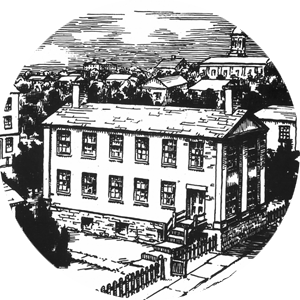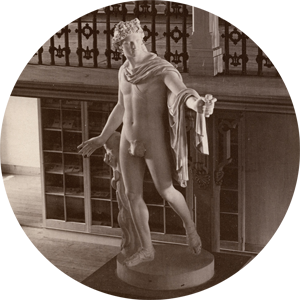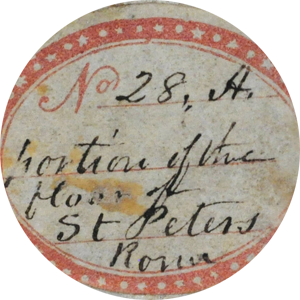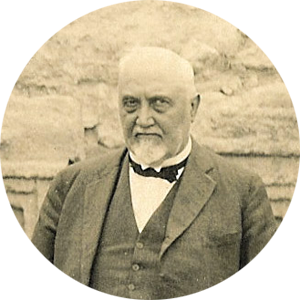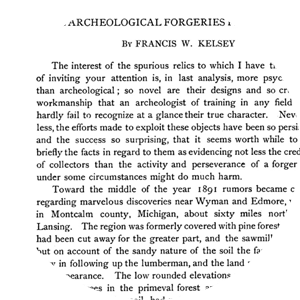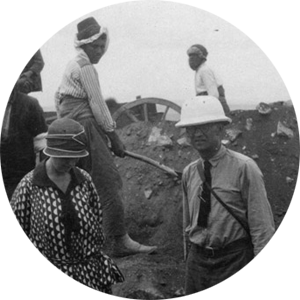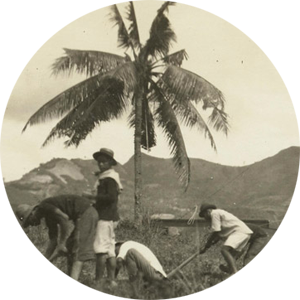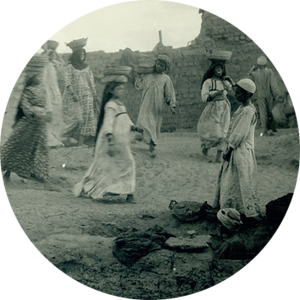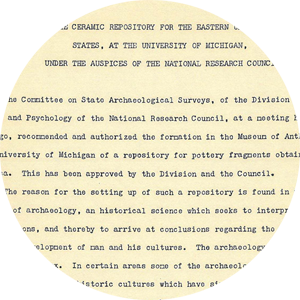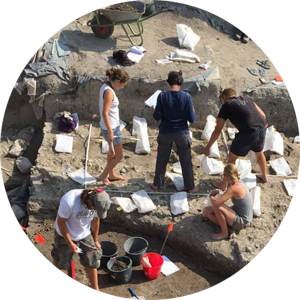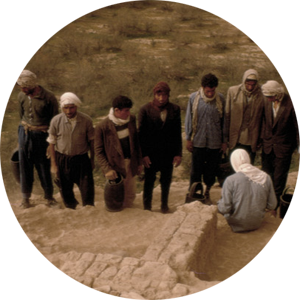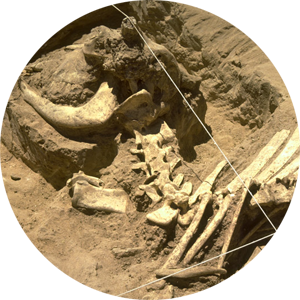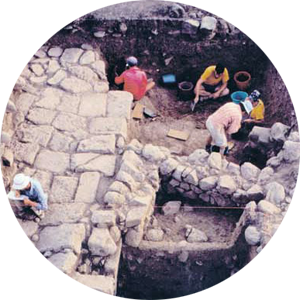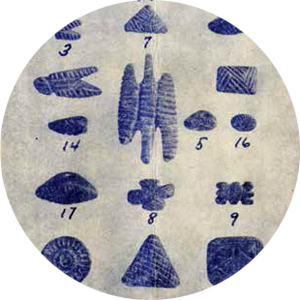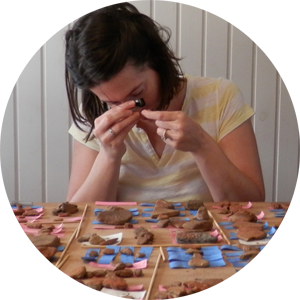Archaeology @ U-M Today: Kelsey Edition

Lisa Nevett’s multidisciplinary field project at Olynthos in northern Greece focuses on the household and urban archaeology of a small Classical (mainly late fifth- to mid-fourth-century BC) city. Excavations at Olynthos from 1928 to 1938 made it an important site for the study of domestic contexts in Classical archaeology. With her colleagues Dr. Bettina Tsigarida and Dr. Zosia Archibald, Nevett is using new approaches and methodologies to better understand the social history of Greek households, and the physical, cultural, and economic frameworks into which they were integrated. Modern technology plays an important part in the project. For example, geophysical surveys using magnetometry (the technique of measuring and mapping patterns of magnetism in the soil) and electrical resistivity surveys (in which electrical resistance meters are used to detect and map underground archaeological features and patterns) have allowed archaeological investigation of subsurface architectural remains across large areas of the site without the need for excavation.

Natalie Abell studies prehistoric ceramics from the Greek island of Kea, the westernmost Cycladic island in the Aegean Sea. On Kea, the Bronze Age settlement at Ayia Irini has yielded evidence for ceramic production and exchange that tells us much about the wider society and economy. Abell’s research on the Middle Bronze Age (ca. 1900–1700 BC) material from Kea shows an expansion of trade both locally and with the mainland, along with significant interaction with the emergent palaces of the Minoan civilization on the island of Crete. Minoan material culture became increasingly popular on Kea in this period, and Abell’s work looks into the complex reasons for this change.

